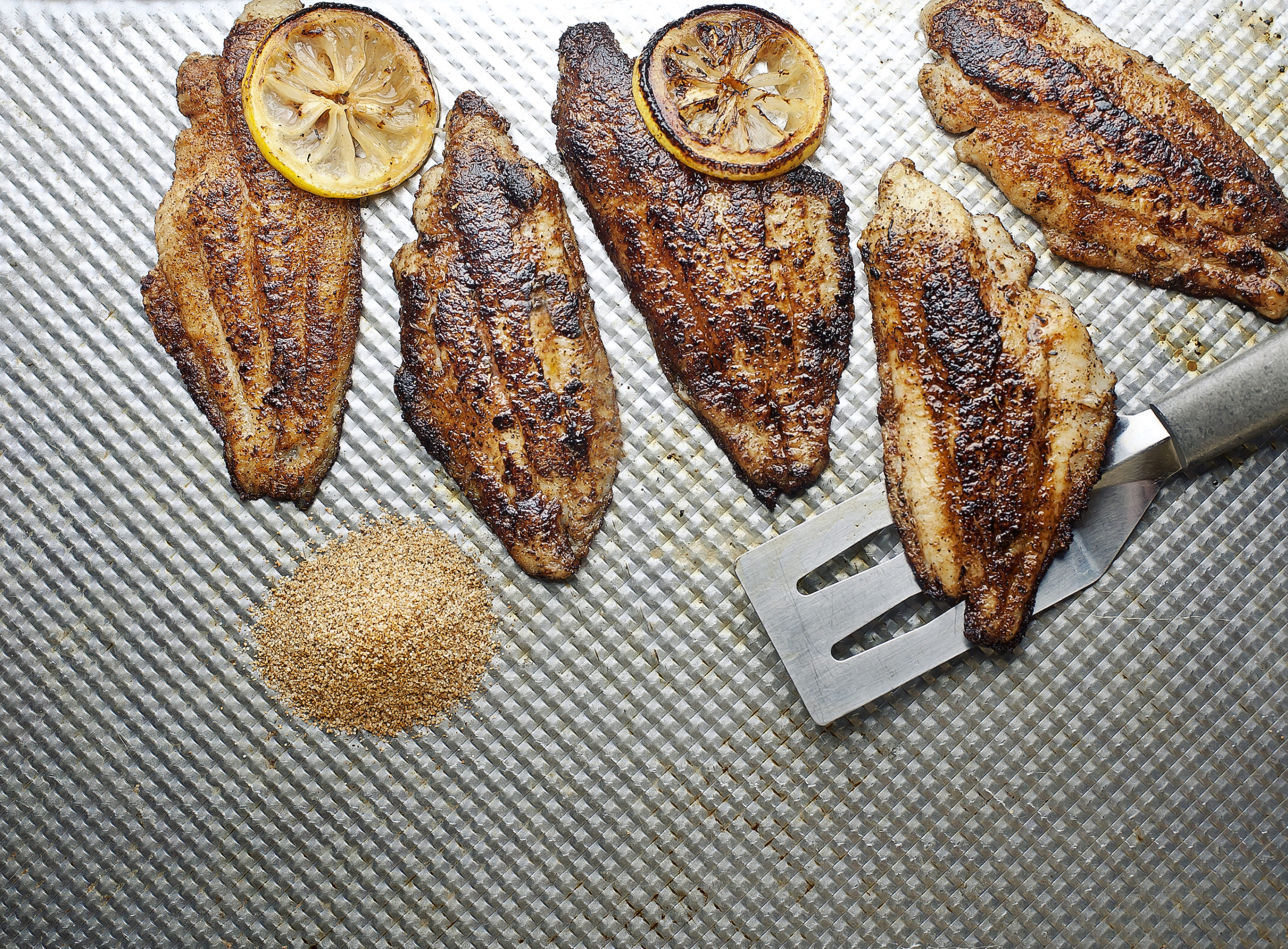Like many Mississippians, Harry Simmons is a farmer, but not of just cotton, corn and soybeans.
“Now, catfish is the most important thing we do on this farm,” said Simmons, who dedicated 100 acres of his farm near Yazoo City to catfish after a “not-so-good” harvest of the more traditional crops.
That was in 1977, when aquaculture was a fairly new research area at Mississippi State University, where Simmons had graduated with a degree in agricultural economics.
“From that, we just went wild,” Simmons said.
Today, Simmons Farm Raised Catfish is home to 1,500 acres of ponds, as well as a processing plant that produces 80,000 to 90,000 pounds of catfish a day.
“We still grow cotton, corn and soybeans, but catfish has taken the front row for us,” Simmons said.
The growth on the Simmons’ farm is reflective of the growth in the catfish industry as a whole. The Mississippi Department of Archives and History says millions of dollars of the state’s economy comes from catfish farming and production, and the Magnolia State
leads the nation in production and commercial sales.
“It gave us the diversity and stability we were looking for,” Simmons said, which is the reason many Mississippi farmers added catfish to their yields. “It works well for us. When the row crops are bad, usually the catfish are good.”
Much like farming row crops, however, farming catfish is definitely not without its risks. Like crops planted in the ground, catfish can be affected by the temperature. A longer cold season or a summer that is much too hot can hurt the fish. Rains that are too heavy can ruin the water quality of a pond, and “critters” are an ever-present threat to the catfish.
“If you have high populations of predators — like fish-eating birds, raccoons, beaver, wild hogs — all those kinds of animals can affect your yield,” Simmons said.
Because of that, catfish farming is a 24-hour-a-day job.
“Something is going on all the time,” Simmons said.
When it’s warmer, for about nine months out of the year, pond oxygen levels must be monitored constantly. If levels are too low, fish may die quickly. At the same time, farm workers are dedicated to “harassing the predators” to keep them away from the catfish ponds.
And while the physical challenges of raising catfish are battled each day on the farm, there are more hurdles to face on the business side of the industry.
Dick Stevens is president of Isola’s Consolidated Catfish, a production facility employing 450 to 500 people that buys from farmers to process the fish and dispense them to retailers and restaurants across the nation.
Stevens said foreign imports have put a strain on U.S. producers.
“At one time, we were the largest fresh fish processor in the world, but not now because offshore operations kind of hit us with a bad lick,” Stevens said, “domestic catfish has been down because of foreign fish coming in at unfair price advantages.”
Simmons said, despite the foreign product, a growing group of consumers prefer U.S. Farm Raised catfish.
“We’ve lost some producers over this period, but we’re working to create a good perception of our product and pushing the sanitation we do here in this country, as compared to what they do in other countries,” Simmons said. “I don’t see the growth that I saw in the 1980s and 1990s, but we are regaining some of what we lost.”
But, more than 100 restaurants across the Southeast are serving Simmons Catfish. From City Grocery in Oxford down to the Beau Rivage in Biloxi, there’s no shortage of chefs using Mississippi catfish.
At 10 South, a rooftop restaurant overlooking the Mississippi River in downtown Vicksburg, owner Jay Parmegiani serves catfish tacos, which get their start at Simmons Catfish Farm.
“Any chance we can, we love to use Mississippi products — the connection, community and economy,” Parmegiani said. “Simmons Catfish is awesome.”
And, because of the Mississippi Delta’s landscape and climate, catfish farming continues to be a good fit for farmers in the region.
“I think the climate we have, because it’s usually kind of mild, is conducive for growing catfish,” Simmons said.
“If you’d have told me when I was in college in 1972 that I would make a living selling catfish, I would say you’re nuts. I always wanted to be a farmer, there was no doubt about that, but once I got started there were some things I had to do to continue to be a farmer, and that’s where I ended up.”

